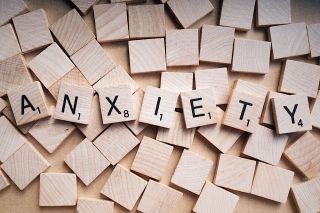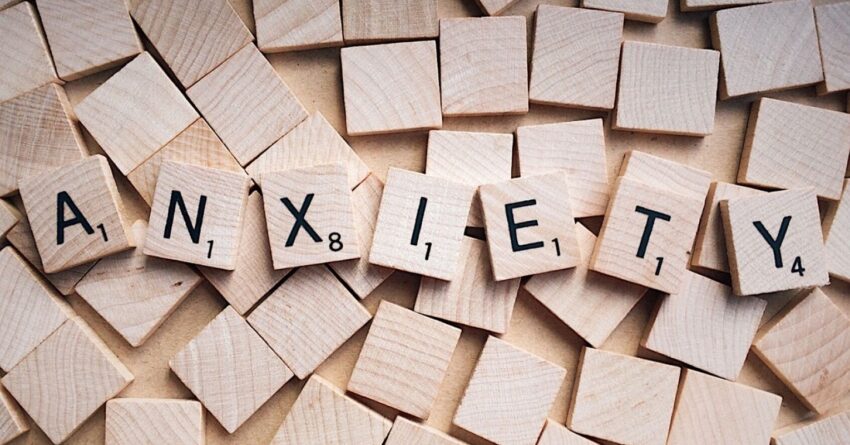When people first come to therapy, their goals are often to stop feeling anxious or to completely get rid of their anxiety. What they often don’t understand, however, is that some amount of anxiety is perfectly normal.
Anxiety serves a very important function: It lets us know when something is wrong, whether an actual threat or a misperception about the world. So a key step in therapy is exploring why a person wants to feel no anxiety, then helping them learn to cope with anxiety that is a typical part of life.

Image by WOKANDAPIX from Pixabay
There are several reasons why trying to eliminate anxiety is unhelpful. First, it is counterproductive. Anxiety is a typical part of life, and if the goal is to feel no anxiety, a person cannot actually live life. Instead, they’ll spend pointless time and energy trying to avoid a perfectly understandable feeling.
Second, anxiety actually gives people information about a situation, how they are responding, or both. In some cases, the situation might be genuinely threatening—such as confronting a snake—and anxiety alerts the person to the level of the threat. In other cases, a person might overestimate the danger in a situation, such as when giving a presentation at work, and high levels of anxiety might be a sign the person needs to work on their beliefs about their own abilities. Either way, it is the interference from anxiety, not the anxiety itself, that is often the problem.
In cognitive behavioral therapy, one approach is to explore a person’s thoughts and beliefs about anxiety. Often these beliefs explain why a person wants to feel no anxiety.
Examples of these beliefs include “any amount of anxiety is harmful,” “anxiety means I’m losing my mind,” or “anxiety is a sign that I’m weak.” These beliefs can stem from seeing others denigrate those with anxiety or telling the person with anxiety to “get over it.” The cognitive behavioral therapy technique of challenging these automatic negative thoughts about anxiety can help a person see their anxiety as normal and understandable, not as a personal failing.
Sometimes providing education about anxiety can help people challenge the belief that it is normal to feel no anxiety. Information on how many people get panic attacks (one-third of adults) or feel anxiety can help someone see their experience is actually quite typical.
Another way cognitive behavioral therapy addresses anxiety and the desire to feel no anxiety is exposure therapy. In exposure therapy, a person slowly confronts their fears rather than avoiding them. This helps the person learn that they can tolerate anxiety and even cope well with it. Oftentimes, the person learns they are stronger than they previously believed as they confront each of their fears. The person eventually gains enough experience coping with anxiety that small, everyday levels of anxiety no longer cause them distress.
Here I’ve described some of the ways that cognitive behavioral therapy addresses the desire to feel no anxiety. Other forms of therapy can also address this desire through acceptance of how one feels, such as acceptance and commitment therapy. Dialectical behavior therapy uses a technique of radical acceptance. Regardless of the therapeutic approach, learning to make peace with anxiety is often an important part of therapy.
